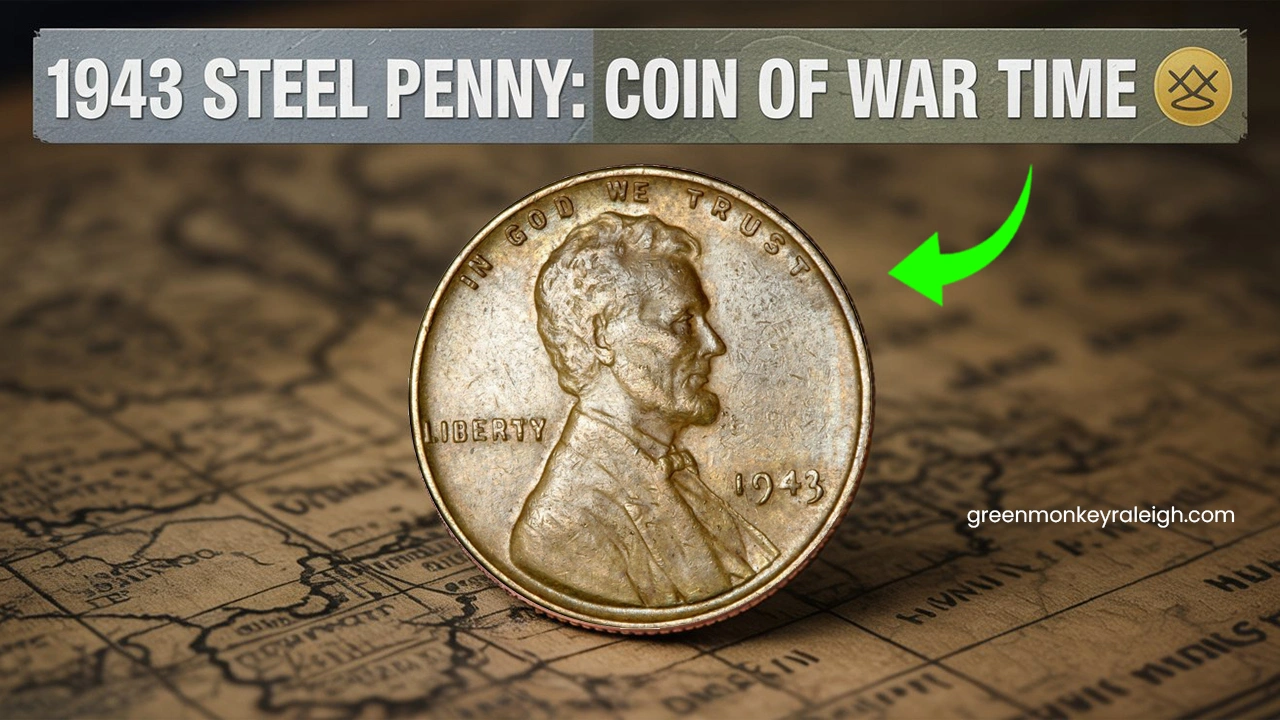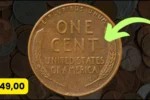From Copper to Clad: Have you ever held an old coin and wondered about the world it came from? Coins are more than just pieces of metal we use to buy things. They are little time machines that carry stories from different eras. From pure copper coins to today’s clad compositions, the materials used in coins reveal a fascinating journey of economics, politics, and technology. Teaching economic history through coin materials helps us understand how societies evolved and adapted to challenges over centuries.
The Early Days of Coinage and Copper’s Reign
In the earliest days of coin-making, copper was one of the most popular metals. It was abundant, easy to work with, and had enough value to serve as money for everyday transactions. Ancient civilizations like the Greeks, Romans, and Chinese relied heavily on copper coins for their trade. These coins were not just a medium of exchange but also a way to showcase rulers, gods, and important symbols.
Using copper reflected the economic structure of these societies. When trade was more localized and economies were smaller, copper was practical and affordable. It also showed how monetary systems were tied closely to the availability of natural resources.
The Shift to Silver and Gold: Economic Growth and Prestige
As trade networks expanded and wealth grew, many civilizations moved towards silver and gold coins. These metals had higher intrinsic value, were rarer, and made it easier to conduct large transactions without carrying heavy bags of copper.
Silver coins like the Roman denarius or the Spanish pieces of eight became global currencies of their time. Gold coins, such as the Byzantine solidus or the British sovereign, represented wealth and stability. This change reflected economic growth and the increasing complexity of financial systems. It also highlighted the link between coin materials and a state’s economic strength and ambitions.
Clad Coins and the Modern Age: A Story of Adaptation
In the modern era, coinage materials changed again. By the 20th century, the rising prices of precious metals made it impractical to continue using them in everyday coins. This led to the rise of clad coins—coins made by layering different metals. For example, today’s U.S. quarters and dimes use a copper core sandwiched between layers of nickel.
This shift tells a story about economies under pressure. Inflation, metal shortages during wars, and the need for cost-effective production forced governments to innovate. Clad coins are a perfect teaching tool to show how economic challenges drive technological solutions.
Why Coin Materials Reflect Economic History
When we study the materials used in coins, we are really studying how societies respond to scarcity, value, and innovation. A copper coin in ancient times reflected a small, local economy. A gold coin symbolized global power and wealth. A modern clad coin speaks to mass production and efficiency in a globalized world.
By examining these materials, students can connect the dots between physical money and abstract economic principles like inflation, trade, and resource management.
Comparing Coin Materials Over Time
To make this journey easier to visualize, here is a simple table showing how coin materials changed over key historical periods:
| Era | Common Coin Materials | Example Coin |
|---|---|---|
| Ancient Period | Copper, Bronze, Silver | Roman Sestertius (Copper) |
| Medieval Period | Silver, Gold | Byzantine Solidus (Gold) |
| Modern Period | Nickel, Copper, Clad Alloys | U.S. Quarter (Clad) |
This comparison helps us see how coins mirror the priorities and challenges of their times.
The Classroom Connection: Learning Beyond Numbers
Using coins as teaching tools goes beyond history and economics. It invites students to think critically about value. Why was gold so desirable? Why did countries stop using silver? What does the rise of clad coins say about globalization? This hands-on approach makes economic history feel tangible and relatable.
Conclusion: More Than Just Metal
From copper to clad, coins carry the weight of history in their metal. Each shift in material tells a story of adaptation, resilience, and innovation. For teachers and learners alike, exploring these stories makes economic history not only informative but also deeply engaging.
FAQs About Teaching Economic History Through Coins
What is a clad coin?
A clad coin is made by bonding layers of different metals, such as copper and nickel, instead of using a single metal.
Why did countries stop using silver in coins?
As the price of silver increased, it became too expensive for everyday coinage, leading governments to switch to cheaper metals.
How can coins help in teaching history?
Coins offer a physical connection to past economies, showing how societies valued resources and adapted to challenges.
Are old coins still valuable today?
Some old coins have collector’s value due to their age, rarity, or historical significance, even if their metal content isn’t worth much.




